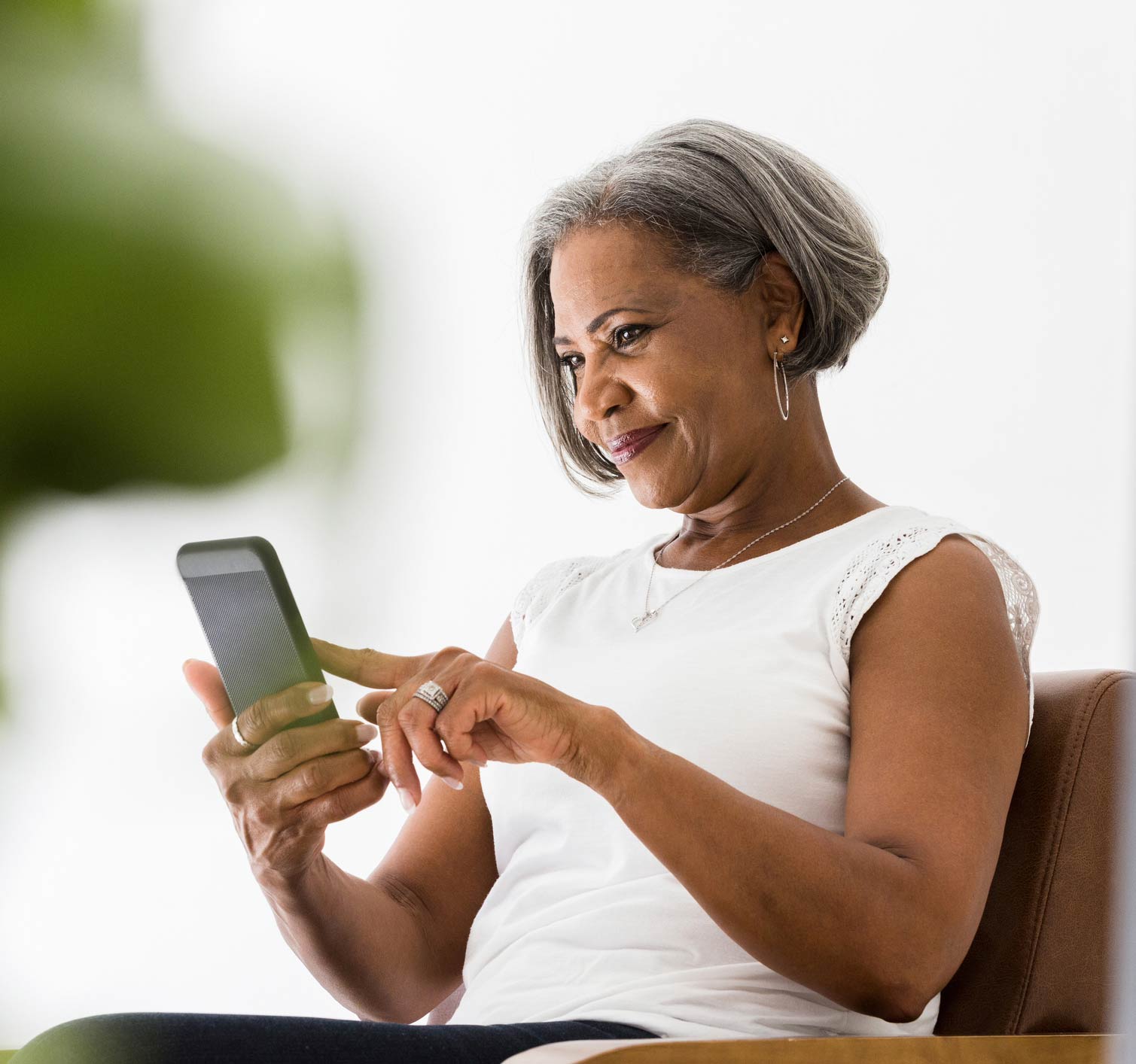In the 2020 Netflix movie, “The Social Dilemma”, a former Google ethicist compares social media to a slot machine. Perhaps some of the irony is lost on Netflix that have built their business off of marathon binge watchers. While much has been said in recent years of the dangers of social media and its addictive nature, one thing that can’t be taken away from social media is that it has radically altered the way we connect with each other.
Social Media’s impact on global communication has been nothing less than revolutionary. Whether it’s Facebook, Youtube or LinkedIn that do it for you, or perhaps even TikTok (I see you there Gen Z), we now have the ability to keep family, friends and even larger circles of connection updated on our day to day activities and thoughts, get inspiration for fashion and travel, and even learn new recipes all through the power of social media. So what does this have to do with older adults?
As of 2019, per Pew data, 69% of adults aged 50 to 64 use some sort of social media, and 40% of people 65 and older. This use is across platforms, with YouTube being the most popular, followed by Facebook, Pinterest and then Instagram. This usage has risen sharply in the pandemic, when older adults found themselves looking for ways to compensate for in-person visits. While there are stigmas about the inability of older adults to access technology in general and social media in particular (and some of us have had to let down our grandmas that thought that each facebook post was a message sent directly to her), we have to understand that social media use amongst older adults is no fringe movement. There is even a trend of “granfluencers” including granfluencer @baddiewinkle who boasts 3.3 million followers, and a page full of fashion, vibrant colors and joy.
In a study conducted by The University of Alabama of Huntsville, it shows that older adults who have a higher life satisfaction with a more robust social life and who see their family often do still have a lower engagement on social media. This uncovers the main reason why older adults use social media – to stave off loneliness. Loneliness and social isolation have been linked to serious health issues amongst older adults, and about a quarter of those 65 and older are considered socially isolated. While social media cannot replace real-life human connection, what it can do is nurture intergenerational connection, and allow for the building of new friendships online, that can develop into real life connections, even if the parties never meet. Older adults can connect with children and grandchildren on social media, staying updated and increasing understanding and shared topics of conversation, find old acquaintances and catch up, and even light the kindle of new romances.Another important benefit of older adults using social media is that they are seen. Social media has become the modern day “town square”, and when older adults are sequestered from it, it is as if they are removed from this new public realm.
While social media undoubtedly has its downfalls, it can be a powerful tool to increase connection for older adults, albeit this must be done in a way that safeguards older adults from scams and other dangers, and should not and can not replace in-person human connection.

Latest Trends in Aging and Home Care